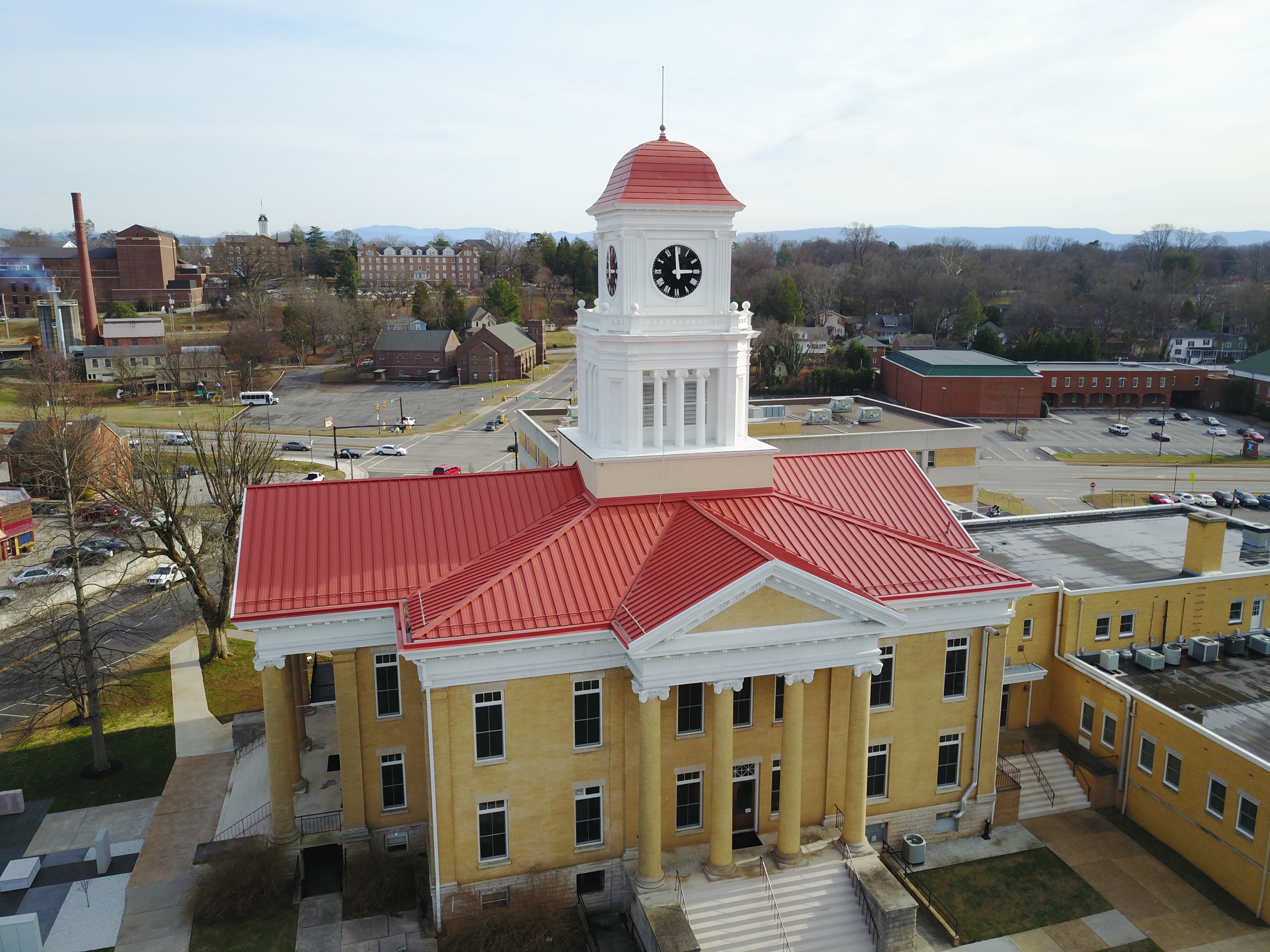Today, in the fifth installment of my eight-part series on quantitative measures used in courthouse planning, I am discussing the criterion of building condition – the courthouse condition of the general building and judiciary tenant space of the facility, including the condition of the building systems (e.g., plumbing, heating, air-conditioning), common areas, lobbies, elevators and stairways, and exterior spaces on the site (e.g., plaza, walkways, parking).In my time assessing court facilities, I have found that the most common building condition concerns in a courthouse are:
- Staff and public parking is not available on site.
- The main HVAC system does not provide sufficient support for court operations.
- The number or size of public elevators is not adequate to accommodate the needs of the court.
The percentages of facilities recorded in our 956-court facilities database that are impacted by these deficiencies are presented in the following graph.
 Our database shows that, of the total court facilities that we have assessed to date, 83% of the facilities (793 facilities) do not have available on-site staff and public parking; 44% (420 facilities) have an HVAC system that does not provide sufficient support for court operations; and 37% of the facilities (353 facilities) have an insufficient number of public elevators or existing elevators that are not large enough to accommodate the needs of the court.
Our database shows that, of the total court facilities that we have assessed to date, 83% of the facilities (793 facilities) do not have available on-site staff and public parking; 44% (420 facilities) have an HVAC system that does not provide sufficient support for court operations; and 37% of the facilities (353 facilities) have an insufficient number of public elevators or existing elevators that are not large enough to accommodate the needs of the court.
Prominent Courthouse Condition Concerns
Parking is a common courthouse condition complaint in many courthouses, especially in dense, urban areas. The lack of parking inconveniences staff, jurors, and the public. In some areas, having people walk several blocks from their parked cars to the courthouse is a security problem.
Some courts offer security escorts for jurors and other personnel, especially in the evening. (I once had a knife pulled on me walking to an Arkansas courthouse at 10 AM.) To help mitigate parking issues, public transportation is a viable alternative, but it is not readily available in many suburban and rural courts.
 A malfunctioning or unreliable HVAC system is one of court personnel's most disruptive courthouse condition deficiencies. I have seen many air-conditioning systems, like the one shown in the photo below, that cool court spaces when the main building system needs to be improved.
A malfunctioning or unreliable HVAC system is one of court personnel's most disruptive courthouse condition deficiencies. I have seen many air-conditioning systems, like the one shown in the photo below, that cool court spaces when the main building system needs to be improved.
I once walked into a jury deliberation room that was almost 90°F. Such a room would be unproductive and unsafe for jurors; thus, jurors had to be moved to different rooms available in the courthouse when temperatures were high.
I should also mention that I have seen many heating units in courthouse rooms and under desks. Such units can create an octopus of unsafe wires in a clerk’s office with many open workstations and insufficient heat.
An insufficient number of elevators or elevators that are too small, particularly in older courthouses, are also an especially problematic courthouse condition for court personnel. I have assessed several courthouses where participants are regularly late to proceedings due to elevator speeds and excessive load times.
I recently conducted a two-day courthouse inspection and planning session in a historic southern courthouse where the outside temperature approached a steamy 100 degrees. Ironically, both the HVAC system and the elevators were inoperable. I could complete my planning efforts, but walking up several flights of stairs many times a day and periodically sitting in an overheated conference room was not contributory to my finest thinking. I would be concerned if a trial were to be conducted under similar conditions.
I am often amazed at how building conditions can impact the efficient administration of justice. The lack of parking, overcrowded/slow elevators, and too hot/cold spaces can cut down on the efficiency of the court and the comfort of the public and participants.
In my next blog, I will focus on the criterion of Technology.





.jpg)
.jpg)
.jpg)
.jpg)
.jpg)
.jpg)


-1.jpg)
.jpg)
.jpg)

